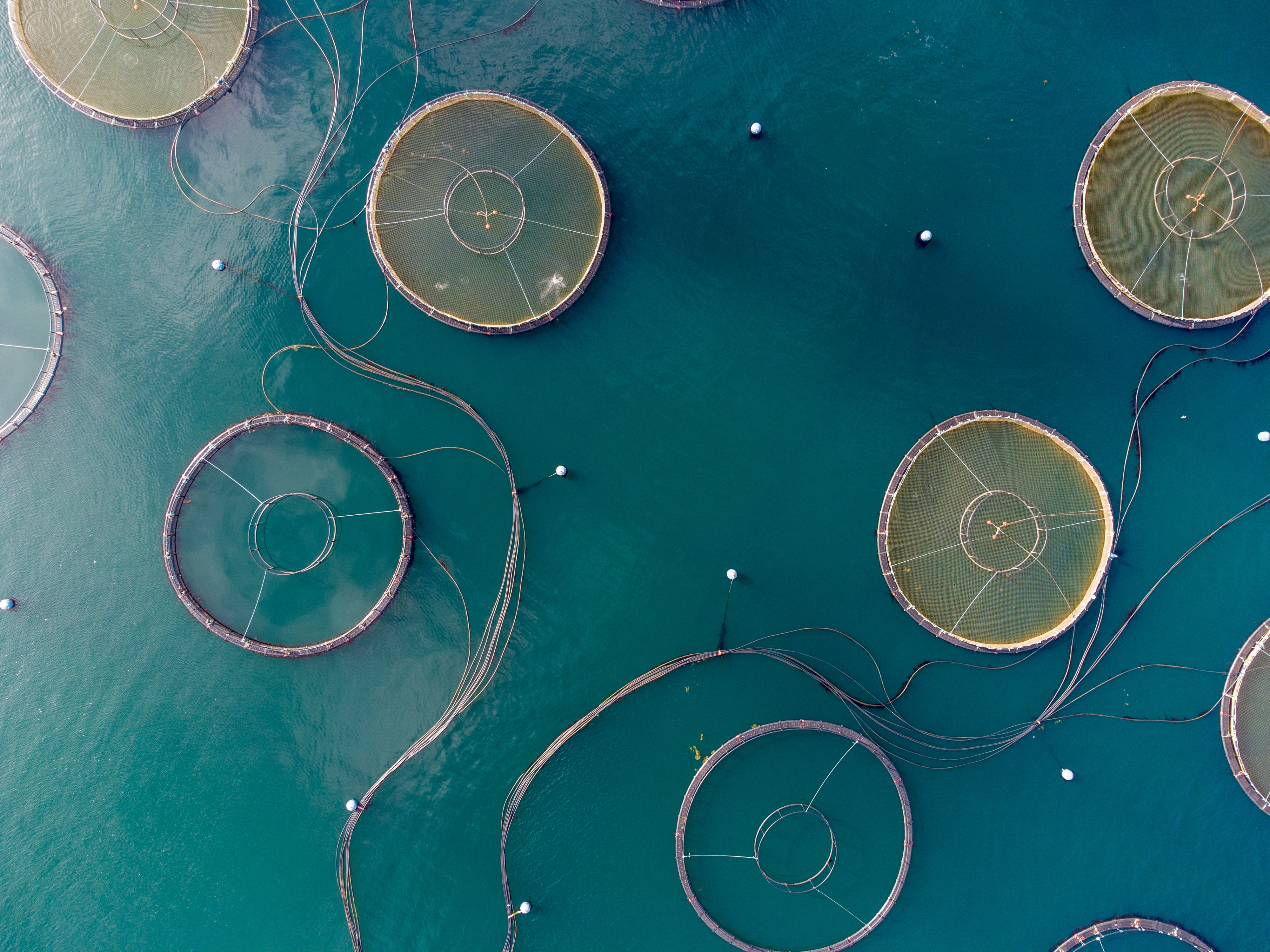Combined SDs for fun and profit
So let's combine those standard deviations!
| n | average | difference | standard deviation (SD) |
combined SD a/k/a "pooled variance" |
|
|---|---|---|---|---|---|
| Fish-2-Whale | 8 | 267 g | 94 g | 44 | |
| Control | 8 | 173 g | 28 |
 Note that the combined SD is actually a bit smaller than either SD on its own. That's the effect of sample size. What if we used 800 fish instead of 8 in each tank? The average and SD for each tank probably would not change much, but what about the combined SD?
Note that the combined SD is actually a bit smaller than either SD on its own. That's the effect of sample size. What if we used 800 fish instead of 8 in each tank? The average and SD for each tank probably would not change much, but what about the combined SD?
| n | average | difference | standard deviation (SD) |
combined SD a/k/a "pooled variance" |
|
|---|---|---|---|---|---|
| Fish-2-Whale | 800 | 267 g | 94 g | 44 | |
| Control | 800 | 173 g | 28 |
 Now the combined SD would be 1.85, which means we could detect much smaller shifts in growth rates.
Now the combined SD would be 1.85, which means we could detect much smaller shifts in growth rates.
Or, we could even try to be clever, and say, "well, it's the Fish-2-Whale tank that has the bigger variance, so let's add more fish to that tank, and fewer to the generic tank."
| n | average | difference | standard deviation (SD) |
combined SD a/k/a "pooled variance" |
|
|---|---|---|---|---|---|
| Fish-2-Whale | 1000 | 267 g | 94 g | 44 | |
| Control | 600 | 173 g | 28 |
Remember, average growth and SD still don't change, and the TOTAL number of fish we needed to take care of didn't change either -- but the pooled SD went down even a little more, from 1.85 to 1.81.
Copyright University of Maryland, 2007
You may link to this site for educational purposes.
Please do not copy without permission
requests/questions/feedback email: mathbench@umd.edu